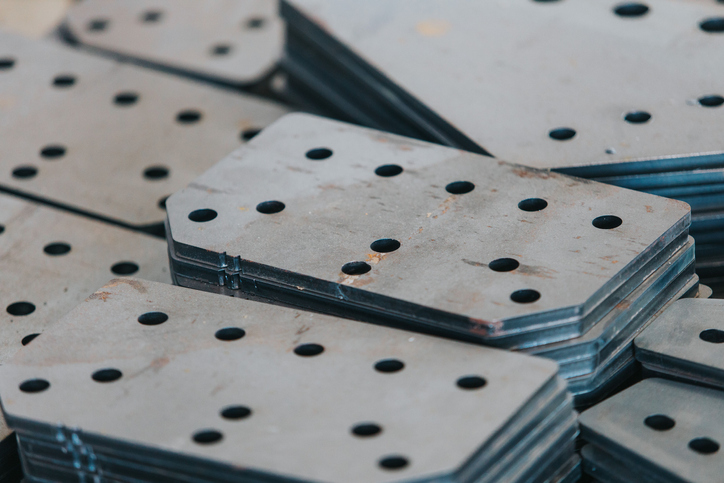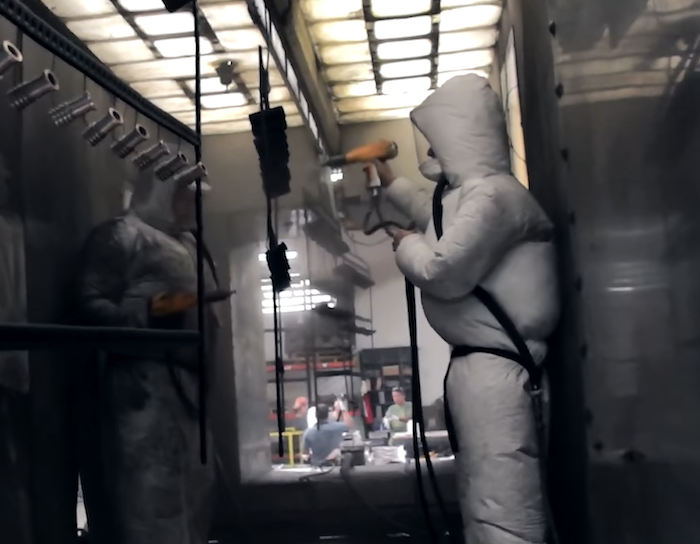Metal stamping is a manufacturing process that converts metal sheets into specific shapes by using high-pressure presses and dies. This method serves a variety of industries including automotive, aerospace, electronics, and consumer goods. While metal stamping offers several benefits, it also comes with certain limitations. This article delves into the advantages and disadvantages of metal stamping, exploring factors like cost-effectiveness, production speed, and material constraints.
Advantages of Metal Stamping
Metal stamping offers several significant advantages that make it a desirable choice for mass production in various industries. The following sections highlight some of these benefits.
Cost Effectiveness
Metal stamping is renowned for its cost-effectiveness, particularly in high-volume production. The process is capable of producing a large number of complex parts quickly. After creation, the die enables the stamping process to churn out components at high speeds, reducing labor costs. Thus making it ideal for high-volume production runs. In addition, stamping minimizes material waste by efficiently using metal sheets, which are the raw material for the process. Consequently, the cost per part is reduced, making the process more economical, especially for large-scale manufacturing.
Efficiency in Production
Although metal stamping could be manual, it can also be a highly automated process. This reduces the need for manual intervention and increases production efficiency. Automation also lowers the risk of human error, enhancing overall product quality. When deployed with automation, like in progressive metal stamping, the high-speed nature of stamping allows for fast production cycles. This is advantageous for meeting tight deadlines and high-demand situations, such as large products.
Precision and Consistency
Metal stamping ensures high precision and repeatability, producing consistent parts in terms of dimensions and quality. This consistency is crucial for industries requiring tight tolerances and uniform product quality such as aerospace, automotive, and in medical device manufacturing. When the right tooling is deployed, this process can create complex shapes and intricate designs that are difficult or impossible to achieve with other manufacturing methods.

Sustainability
Metal stamping is an environmentally friendly process that reduces waste and minimizes the use of raw materials. The process produces minimal scrap metal, reducing the amount of waste sent to landfills. This also means less energy is expended on recycling, thereby minimizing the environmental impact of manufacturing.
Versatility
Metal stamping works with a wide range of metals, including steel, aluminum, copper, and titanium. This versatility allows manufacturers to select the most suitable material for their specific application. Also, this process produces components of various sizes and shapes, from small electronic connectors to large automotive parts. Hence, making it suitable for a broad array of industries.
Disadvantages of Metal Stamping
Despite all the advantages of metal stamping, there are still disadvantages that could deter manufacturers from using this process.
Metal Stamping Materials
While metal stamping can accommodate a wide range of metals, it primarily suits ductile materials. This is because ductile metals can withstand the high pressures of this manufacturing process. If a brittle metal is used, it may crack or break, resulting in poor-quality products. Another material limitation of this manufacturing method is the thickness of the metal. Metal stamping is most effective with thin to moderately thick metal sheets. If the material is too thin, it may be subject to wrinkling, tearing, cracking, or excessive deformation. However, if it is too thick, the press or die may wear or damage, resulting in a reduction in the precision of products.
High Tooling Costs
Creating dies and setting up the stamping press can be expensive. This is especially true for complex designs, and in projects where production runs are small, this process may not be feasible. In addition, dies and stamping equipment require regular maintenance to ensure consistent quality. Over time, dies wear out and need replacement, adding to the overall cost of the process.
Maintenance and Running Costs
Setting up metal stamping equipment and fine-tuning the process can be time-consuming. Changes in design or materials may require adjustments to tooling, impacting production schedules. Additionally, the wear and tear on these tools can lead to increased maintenance costs over time.
Design Limitations of Metal Stamping
Although metal stamping can produce intricate shapes, the process can also have limits to the complexity. Highly complex geometries may require multi-step processes or alternative manufacturing methods. Also, this process is less flexible on the type of designs available for small batches or prototypes where design changes are frequent.
Despite efficient material usage, metal stamping still produces some scrap metal, which needs management and recycling. Resolving issues with this waste adds to environmental concerns. Also, stamping presses and machinery consume significant amounts of energy, which impacts operational costs and environmental footprint.
The Right Metal Stamping for You
Metal stamping remains a vital manufacturing process due to its cost-effectiveness, precision, and versatility. It excels in high-volume production scenarios where consistent quality and fast turnaround times are essential. However, the high initial tooling costs, material constraints, and environmental considerations are important factors. So, manufacturers need to weigh both the advantages and disadvantages of metal stamping when deciding on which method to deploy. At ITD, we boast of several decades experience in metal stamping. Our team can help you identify and fulfill your metal stamping needs, as we take away your manufacturing burdens. Contact us today to get started.


